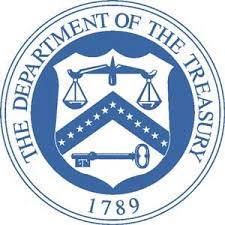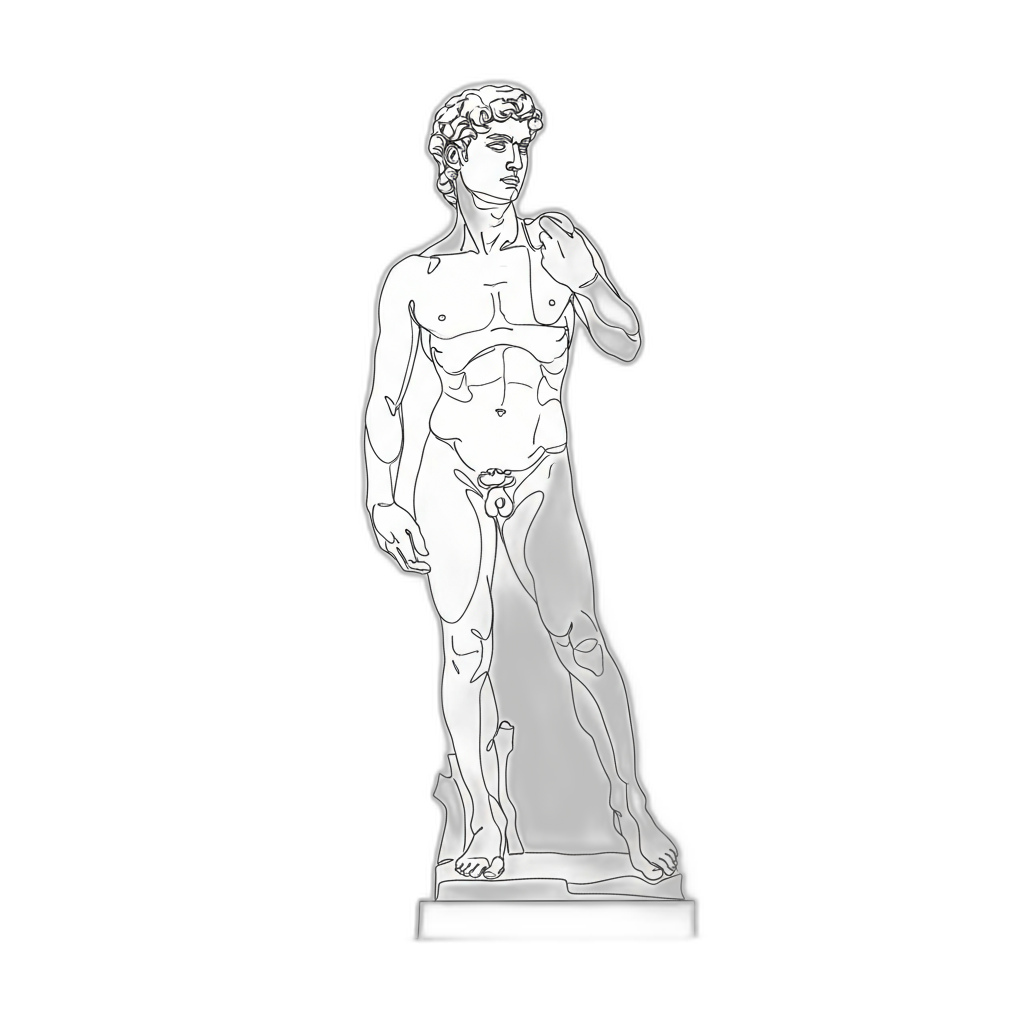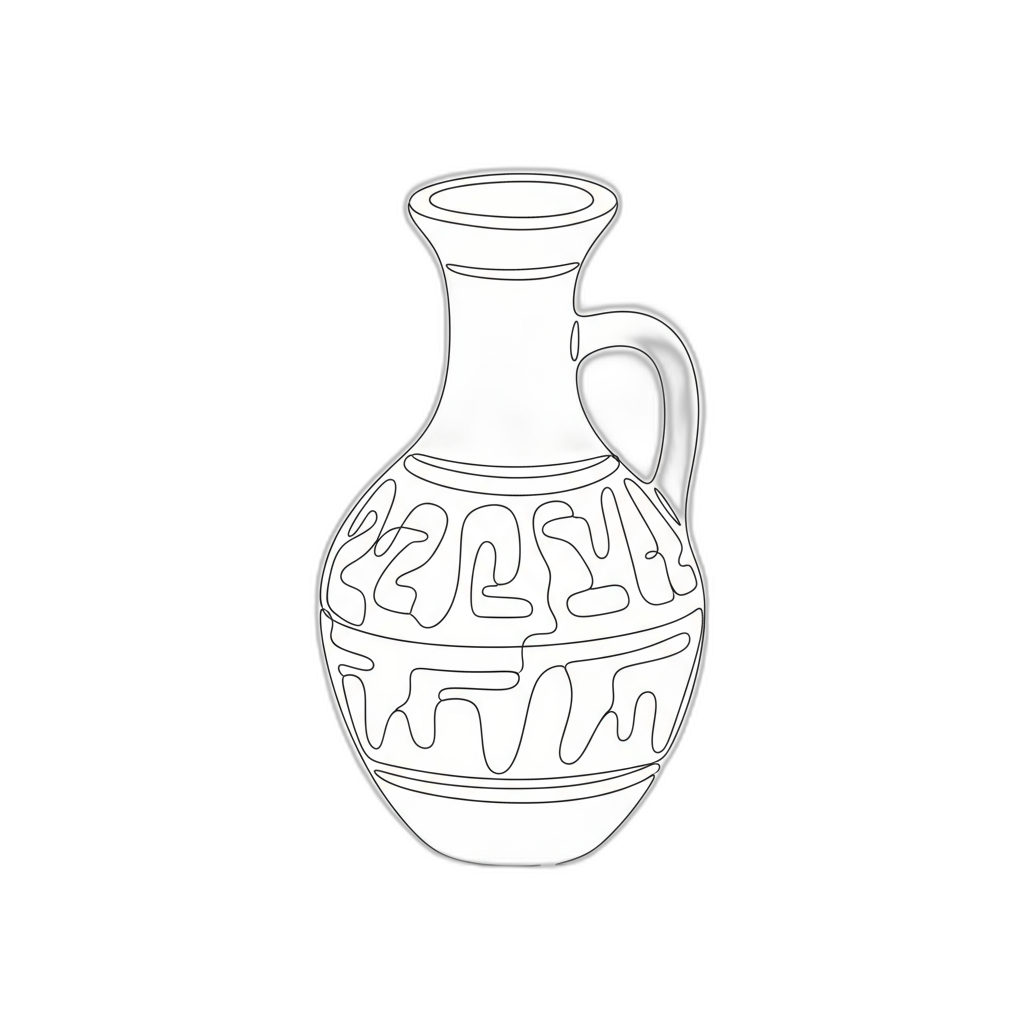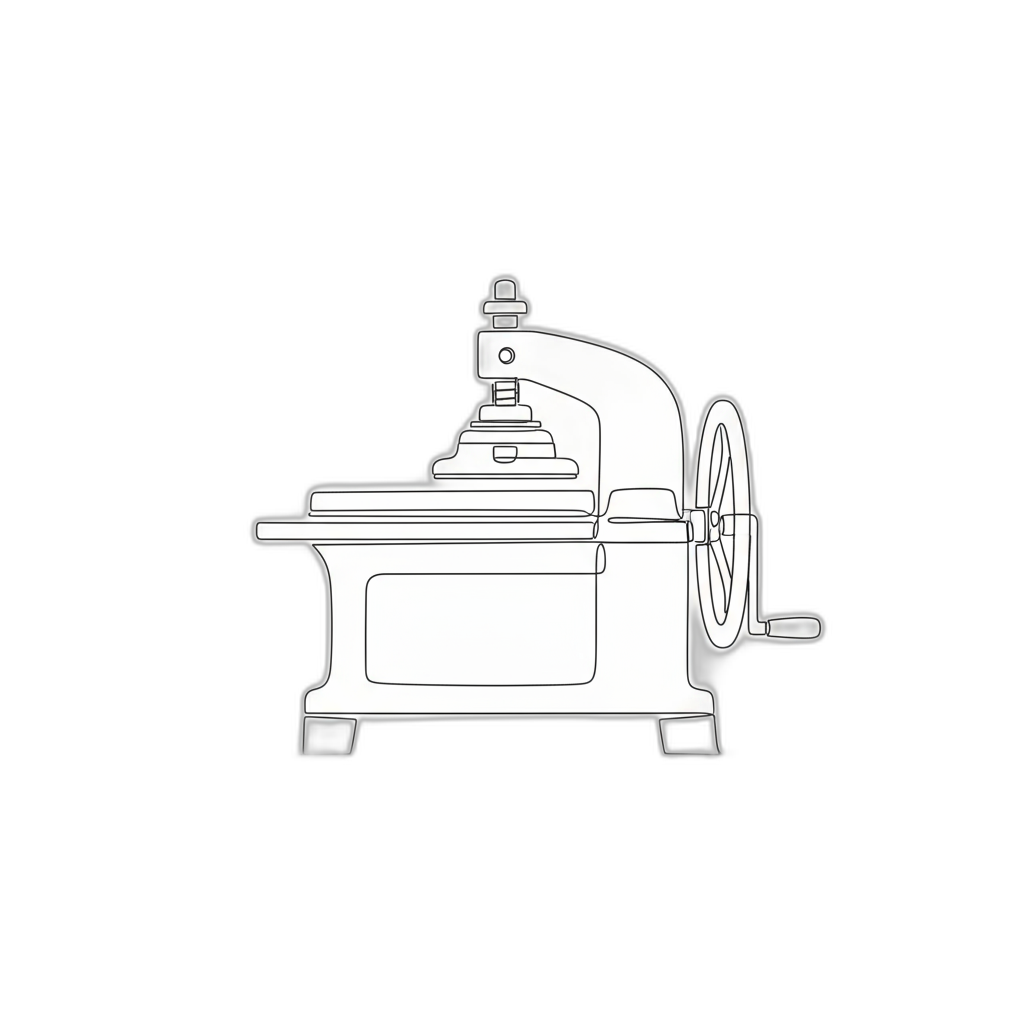






5-Star Service, Trusted & Loved by Hundreds
Your Appraiser Search Ends Here
Your Appraiser Search Ends Here
.avif)

Nationwide Coverage – Appraisals Anywhere in the US

Get it done Onsite or Online

Any Asset, Covered

Defensible for Any Purpose
Frequently Asked
Questions
No Frequently Asked Questions Found.
The scope of government purposes appraisals extends far beyond simple property valuation. These professional assessments play pivotal roles in tax collection, infrastructure development, public funding allocation, and legal proceedings involving property rights. Governments rely on comprehensive and precise appraisals to ensure transparency, fairness, and fiscal responsibility in managing public resources.
Key governmental domains requiring specialized appraisals include tax assessment, eminent domain proceedings, public funding evaluations, environmental compliance assessments, and real estate transactions. Each of these areas demands meticulous analysis that considers complex legal, economic, and regulatory frameworks specific to public sector requirements.
The fundamental objective of these appraisals is to establish objective, defensible property values that can withstand scrutiny and serve multiple administrative purposes. Professional appraisers working on government-related projects must demonstrate exceptional expertise, understanding of regulatory landscapes, and ability to provide nuanced valuations that meet stringent public sector standards.
By conducting thorough and impartial appraisals, government entities can make informed decisions about property acquisitions, taxation, infrastructure development, and resource allocation. These assessments ultimately contribute to maintaining public trust, ensuring equitable treatment of property owners, and supporting broader community development objectives.
These comprehensive evaluations provide objective insights into property values, supporting essential governmental functions. From taxation and property acquisitions to risk management and regulatory compliance, appraisals play a pivotal role in maintaining administrative integrity and financial accountability.
Agencies leverage professional appraisals to establish equitable tax assessments, ensuring properties are valued accurately without over- or under-valuation. When considering public infrastructure projects, such as road construction or community facilities, these assessments help determine fair compensation for property owners and guide strategic land acquisition processes.
Regulatory frameworks often mandate detailed property evaluations, particularly for federally funded initiatives. These appraisals serve as foundational documentation, helping agencies demonstrate procedural transparency and adherence to established guidelines. They become instrumental in grant applications, insurance determinations, and potential dispute resolutions.
Beyond numerical calculations, these appraisals represent a commitment to responsible governance. They provide a neutral, professional perspective that supports informed decision-making, mitigates financial risks, and maintains public trust in governmental processes.
By delivering precise, unbiased property valuations, professional appraisals enable government entities to operate with enhanced efficiency, accountability, and fiscal responsibility across diverse administrative contexts.
An artwork appraisal represents a comprehensive professional evaluation that precisely determines the monetary and historical value of an art piece. This meticulous process involves expert assessment of multiple intricate factors that collectively influence an artwork's market worth and significance.
Professional art appraisers employ a sophisticated methodology that examines critical elements such as the artwork's provenance, authenticity, physical condition, current market dynamics, and the artist's reputation. Each of these components plays a crucial role in establishing an accurate and defensible valuation.
The evaluation goes far beyond a simple price assessment. Appraisers conduct detailed investigations that may include forensic analysis of materials, historical research into the artwork's origins, and careful examination of minute details that can substantiate or challenge the piece's perceived value. They leverage extensive knowledge of artistic styles, market trends, and collector interests to provide a nuanced understanding of an artwork's worth.
Different stakeholders rely on artwork appraisals for diverse purposes, including insurance documentation, estate planning, potential sale transactions, and tax compliance. The appraisal serves as an authoritative document that provides clarity and confidence for collectors, institutions, and potential buyers.
The complexity of art valuation requires a sophisticated approach that balances objective analysis with deep understanding of artistic and market contexts. A comprehensive appraisal not only quantifies monetary value but also captures the intrinsic cultural and historical significance of the artwork.
Online artwork appraisals have become increasingly sophisticated, offering art owners a convenient and comprehensive method to determine the value of their pieces. The process typically begins with submitting high-resolution photographs that capture essential details of the artwork. Professional appraisers carefully analyze these images, examining critical aspects such as condition, artistic technique, and distinctive characteristics.
Beyond visual documentation, appraisers collect contextual information through digital communication channels. Owners provide supplemental details about the artwork's provenance, artist background, and historical significance, which help create a more nuanced valuation. This collaborative approach allows for a thorough assessment without the constraints of physical proximity.
Live video consultations have emerged as an innovative component of online art appraisals. Using platforms like Zoom or Google Meet, appraisers can engage directly with clients, rotating artwork, examining specific details, and conducting real-time discussions. This interactive method bridges the gap between digital and in-person assessment, enabling a more dynamic and comprehensive evaluation.
The digital appraisal process offers substantial benefits, including accessibility for individuals in remote locations, flexibility for busy clients, and reduced logistical complexities. Professional appraisers maintain rigorous standards, ensuring that online evaluations are as meticulous and credible as traditional in-person assessments.
Modern technology has transformed artwork appraisals, creating a streamlined, efficient approach that meets the evolving needs of art collectors and owners. By leveraging digital tools and professional expertise, online appraisals provide accurate, comprehensive valuations with unprecedented convenience.
Artwork appraisers are specialized professionals who meticulously assess the value of diverse art forms. Their expertise spans multiple domains, each requiring unique skills and deep knowledge of artistic markets, historical context, and aesthetic evaluation.
Fine art appraisers concentrate on traditional art mediums like paintings, sculptures, and drawings. These experts possess comprehensive understanding of art movements and market dynamics, often developing profound specialization in specific periods such as Impressionism or Contemporary art.
Decorative art appraisers evaluate functional artistic items including furniture, ceramics, glassware, and textiles. Their assessments consider craftsmanship, material quality, historical significance, and provenance, making them invaluable to collectors and antique dealers seeking precise valuations.
Digital art appraisers represent an emerging professional category addressing the rapidly evolving technological art landscape. They specialize in evaluating digital creations, graphic designs, digital paintings, and emerging formats like NFTs, reflecting the dynamic nature of contemporary artistic expression.
Antique appraisers focus on artworks exceeding 100 years in age, conducting thorough examinations that extend beyond aesthetic value. They scrutinize historical importance, authenticity, and originality, distinguishing genuine historical pieces from reproductions and potential forgeries.
Specialty appraisers develop expertise in distinct artistic niches, concentrating on specific artists, regional styles, or unique media such as photography or limited edition prints. Their targeted knowledge enables nuanced, precise valuations within specialized artistic domains.
Institutional appraisers employed by museums, galleries, and cultural organizations perform critical valuation services for collections, exhibitions, and acquisitions. Operating under rigorous ethical standards, they provide essential assessments for insurance, donation, estate planning, and cultural preservation purposes.
Artworks transcend mere visual appeal, representing significant financial and emotional investments. Professional appraisals provide critical insights that extend far beyond simple price determination, serving multiple strategic purposes for art owners.
Insurance protection stands as a primary motivation for artwork appraisals. Without accurate documentation, collectors risk inadequate compensation during loss, theft, or damage scenarios. Precise valuations enable insurance companies to establish appropriate coverage, ensuring financial security for valuable pieces.
Estate planning represents another crucial context for art appraisals. When transferring assets between generations, comprehensive valuations help establish fair market values, potentially mitigating potential tax complications and familial disputes. Executors and heirs gain clarity about the financial landscape of inherited artwork collections.
Charitable donations also benefit from professional appraisals. For artwork valued over specific thresholds, formal assessments become essential for claiming tax deductions. These documentations provide nonprofits with transparent understanding of donated asset values while offering potential tax advantages to donors.
Preparing for potential sales requires nuanced market understanding. Appraisals illuminate current market trends, helping owners set competitive pricing strategies. Whether considering auction placement or private sale, comprehensive evaluations empower informed decision-making.
Investment portfolios increasingly recognize art as a valuable asset class. Professional appraisals help collectors assess artwork's financial potential, tracking appreciation and understanding long-term value trajectories. These insights support sophisticated wealth management approaches.
Authenticity verification represents an often-overlooked yet critical appraisal benefit. Reputable assessments not only determine monetary value but also confirm artwork provenance, protecting collectors from potential fraud and enhancing piece legitimacy.
Ultimately, artwork appraisals represent more than financial transactions—they are comprehensive explorations of cultural, historical, and monetary significance. By bridging emotional attachment and strategic financial planning, professional evaluations offer collectors comprehensive perspectives on their artistic investments.
What Makes Artwork Appraisals Critical for Government Agencies?
Artwork appraisals serve as a critical function for government agencies, providing essential insights and support across multiple administrative domains. Understanding the nuanced roles of these professional evaluations helps illuminate their significance in public sector management.
Key Strategic Purposes of Artwork Appraisals
- Comprehensive Insurance Protection
Government art collections represent substantial financial investments that require precise valuation. Accurate appraisals ensure comprehensive insurance coverage, safeguarding taxpayer-funded assets against potential loss, damage, or theft. - Transparent Financial Documentation
Professional appraisals facilitate clear tax assessment processes, particularly for art donations, enabling agencies to maintain regulatory compliance and prevent potential legal complications. - Cultural Heritage Management
Systematic valuations support critical decisions regarding:- Preservation strategies
- Restoration prioritization
- Collection development
- Public exhibition planning
- Financial Resource Optimization
Precise artwork valuations enable government agencies to:- Execute fair public auctions
- Generate appropriate revenue streams
- Make informed acquisition decisions
Regulatory and Compliance Considerations
Beyond financial implications, artwork appraisals play a pivotal role in supporting broader governmental objectives, including:
- Adherence to cultural property regulations
- Maintaining comprehensive institutional records
- Ensuring transparent asset management
- Supporting inter-institutional art exchanges
Long-Term Strategic Impact
Professional artwork appraisals transcend mere monetary evaluation. They represent a sophisticated approach to preserving national cultural assets, documenting historical narratives, and making strategic resource allocation decisions that benefit public institutions and broader societal interests.
The Multifaceted Purpose of Artwork Valuation
Understanding the Critical Role of Artwork Valuation for Government Purposes
Artwork appraisal serves multiple purposes that extend far beyond simple financial assessments. For government entities, precise valuations are crucial across various critical contexts, providing essential insights and support for strategic decision-making.
Key Areas of Government Artwork Valuation
- Taxation Compliance
Government agencies rely on accurate artwork appraisals for comprehensive tax assessments. When art is donated to museums or non-profit organizations, certified appraisals establish fair market value, directly impacting potential tax deductions. The IRS mandates stringent guidelines to ensure:
- Precise valuation methodologies
- Qualified appraiser involvement
- Minimized potential for tax-related disputes
- Insurance Protection
Public institutions and governmental bodies require comprehensive insurance coverage for valuable art collections. Strategic appraisal practices ensure:
- Up-to-date valuation reflecting current market conditions
- Adequate protection against potential loss or damage
- Financial safeguarding of cultural investments
- Estate and Trust Management
Art assets play a significant role in estate planning and succession strategies. Accurate appraisals are essential for:
- Equitable asset distribution among heirs
- Compliance with legal inheritance requirements
- Minimizing potential family or legal disputes
- Cultural Heritage Preservation
Government art valuation extends beyond financial considerations, serving critical cultural preservation objectives:
- Assessing artwork historical and cultural significance
- Guiding acquisition and conservation decisions
- Prioritizing public resource allocation
- Enhancing community cultural engagement
Comprehensive Impact
The artwork appraisal process for governmental purposes represents a sophisticated, multi-dimensional approach that transcends traditional financial evaluation. By integrating rigorous valuation practices across taxation, insurance, estate management, and cultural preservation, governments can ensure transparency, accountability, and responsible stewardship of artistic assets.
Navigating Different Government Appraisal Scenarios
Comprehensive Overview of Government Artwork Appraisal Scenarios
Government artwork appraisal plays a crucial role in multiple critical areas, addressing complex administrative, legal, and cultural needs. These appraisals serve as essential tools for various governmental functions, providing accurate and comprehensive valuations across different contexts.
Key Government Artwork Appraisal Scenarios
- Tax Assessments and Charitable Deductions
Art appraisals are instrumental in tax-related processes, particularly for:
- Documenting fair market value for charitable artwork donations
- Ensuring accurate tax deduction calculations
- Maintaining compliance with Internal Revenue Service guidelines
- Insurance and Asset Documentation
Government institutions rely on precise artwork valuations for:
- Establishing comprehensive insurance coverage
- Maintaining accurate institutional inventories
- Protecting high-value cultural assets
- Cultural Heritage Preservation
Appraisals support critical cultural conservation efforts by:
- Determining monetary and historical significance of artworks
- Guiding preservation budget allocations
- Informing exhibition and public accessibility strategies
- Legal Proceedings and Dispute Resolution
Artwork appraisals provide objective valuation in various legal contexts, including:
- Inheritance disputes
- Property division proceedings
- Claims involving artwork ownership or value
Strategic Considerations for Artwork Appraisals
Successfully navigating government artwork appraisal requires careful attention to detail and understanding of complex regulatory environments. Organizations and individuals must:
- Engage qualified, certified appraisers
- Maintain comprehensive documentation
- Stay informed about current valuation methodologies
- Understand specific governmental requirements
By comprehensively understanding these diverse appraisal scenarios, stakeholders can effectively manage artwork valuations, ensuring compliance, preservation, and accurate financial representation.
Essential Criteria for Accurate Artwork Assessment
Key Components of Government Artwork Appraisal
Accurate artwork assessment for government purposes requires a comprehensive and methodical approach. Understanding the critical elements that contribute to a credible valuation ensures compliance with regulatory standards and accurately reflects the artwork's true value.
1. Provenance: Establishing Authenticity and Historical Significance
- Detailed documentation of ownership history
- Verification of artwork legitimacy
- Review of past exhibitions and sales records
- Examination of certificates of authenticity
- Assessment of historical and cultural context
2. Comprehensive Condition Reporting
- Thorough physical examination of the artwork
- Documented assessment of:
- Existing damages
- Previous restorations
- Potential alterations
- Impact analysis of condition on overall value
- Professional conservation recommendations
3. Market Trend Analysis
- In-depth evaluation of current art market dynamics
- Analysis of:
- Artist demand
- Artistic style relevance
- Contemporary art movements
- Review of recent auction results
- Comparative market value assessment
- Projection of potential future value trends
4. Artistic Merit and Cultural Significance
- Assessment of artist's historical reputation
- Evaluation of artistic contributions
- Context within broader art historical narrative
- Cultural and intellectual importance
- Relevance to contemporary artistic discourse
By meticulously examining these essential criteria, professional appraisers can deliver precise, comprehensive evaluations that meet rigorous government standards and provide stakeholders with authoritative insights into artwork valuation.
How to Identify a Trusted and Qualified Appraiser
Identifying a Trusted and Qualified Appraiser for Artwork Valuation
Selecting the right appraiser is critical when seeking a professional valuation of artwork, particularly for government-related purposes such as taxation, estate planning, or insurance. The following steps will help you find a reputable and qualified art appraiser:
1. Verify Professional Credentials
- Look for appraisers with credentials from recognized professional organizations
- Key organizations include:
- American Society of Appraisers (ASA)
- Appraisers Association of America (AAA)
- International Society of Appraisers (ISA)
- Credentials demonstrate adherence to professional ethical standards and specialized knowledge
2. Ensure Art-Specific Specialization
- Art appraisal requires unique expertise beyond general valuation skills
- Select an appraiser who specializes in your specific art category:
- Contemporary art
- Antique pieces
- Fine art
- Collectibles
- Specialized knowledge ensures accurate understanding of market value trends and artwork characteristics
3. Evaluate Professional Experience and Reputation
- Prioritize appraisers with extensive background in fine arts
- Research methods to assess reputation:
- Read client testimonials
- Check for complaints with professional organizations
- Review professional portfolio
- Seek professionals with a proven track record of accurate and reliable appraisals
4. Conduct Thorough Interviews
- Prepare a list of detailed questions about their appraisal process
- Key topics to discuss:
- Professional experience
- Appraisal methodology
- Approach to similar valuation projects
- A reliable appraiser will communicate clearly and address all your concerns
5. Review Sample Appraisal Reports
- Request and carefully examine previous appraisal documentation
- A comprehensive report should include:
- Detailed artwork description
- Supporting documentation
- Valuation methodology
- Clear explanation of value assessment
- High-quality reports demonstrate professional competence and attention to detail
By meticulously vetting potential appraisers, you can ensure an accurate and reliable valuation that meets your specific needs and professional standards.
Demystifying the Artwork Appraisal Workflow
Artwork appraisal for government purposes is a sophisticated process demanding precision, expertise, and a deep understanding of art market dynamics. The workflow is carefully structured to ensure accurate, defensible valuations across various governmental contexts.
The Four-Stage Artwork Appraisal Workflow
1. Initial Consultation
The first stage involves comprehensive information gathering about the artwork, including:
- Artist background and credentials
- Complete provenance documentation
- Physical artwork characteristics
- Condition assessment
- Exhibition and ownership history
2. Comprehensive Research Phase
Appraisers conduct rigorous research utilizing multiple data sources to establish market context, including:
- Auction records
- Gallery sales data
- Art fair transaction histories
- Comparative market analysis
3. Strategic Valuation
Multiple valuation methodologies are carefully applied based on the artwork's unique characteristics:
- Sales Comparison Approach
- Cost Approach
- Income Approach
Each methodology is selected to provide the most accurate representation of the artwork's current market value.
4. Professional Reporting
The final stage produces a comprehensive report that includes:
- Detailed valuation explanation
- Supporting research documentation
- Clear rationale for determined value
- Professional recommendations
This meticulous approach ensures that governmental stakeholders receive precise, credible artwork valuations for tax, inheritance, insurance, and asset management purposes.
Overcoming Complex Appraisal Challenges
Navigating Complex Artwork Appraisal Challenges for Government Purposes
Artwork appraisal for government agencies involves sophisticated processes that demand precision, expertise, and strategic approaches. Understanding the intricate landscape of art valuation is critical for delivering accurate and credible assessments.
Key Challenges in Government Art Appraisals
- Market Value Subjectivity: Artistic value fluctuates based on multiple dynamic factors, including:
- Artist's reputation and historical significance
- Artwork's provenance and historical context
- Current economic and art market conditions
- Data Fragmentation: Unlike standardized markets, art valuation relies on:
- Limited comparable sales data
- Auction house records
- Private sale information
Critical Appraisal Considerations
- Comprehensive Market Analysis
Successful appraisers develop robust analytical frameworks that integrate multiple research methodologies to establish precise valuations.
- Regulatory Compliance
Government appraisals require meticulous documentation and transparent methodologies that withstand rigorous legal and tax scrutiny.
- Interdisciplinary Expertise
Effective appraisers blend art historical knowledge, economic understanding, and technical valuation skills to deliver comprehensive assessments.
Strategic Communication Approaches
Establishing clear, transparent communication with government agencies and stakeholders is paramount. This involves:
- Detailed documentation of valuation processes
- Clear articulation of methodology
- Comprehensive justification of assessed values
By addressing these multifaceted challenges with professional rigor and sophisticated analytical techniques, art appraisers can provide government entities with reliable, defensible valuations that meet the highest standards of accuracy and integrity.
Documentation: Your Appraisal's Legal and Financial Shield
Importance of Comprehensive Documentation
In the realm of artwork appraisal, proper documentation serves as your critical legal and financial shield. When engaging with government entities or financial institutions, a well-documented appraisal becomes indispensable, helping to ensure compliance and defensibility in legal or financial matters.
Essential Components of Professional Artwork Documentation
- Detailed Descriptions: Comprehensive documentation includes clear and factual details about the artwork, encompassing:
- Artist's full name
- Complete title of the piece
- Medium and artistic technique
- Precise dimensions
- Complete provenance and ownership history
- Market Analysis: A rigorous evaluation that provides:
- Comparative market research
- Recent sales data of similar artworks
- Current market trends affecting valuation
- Comprehensive value determination methodology
- Legal Compliance: Strict adherence to:
- IRS guidelines
- Federal agency regulations
- Professional appraisal standards
- Ethical documentation practices
- Condition Reports: Comprehensive physical assessments including:
- Current artwork condition
- Detailed damage documentation
- Restoration history
- Preservation recommendations
Critical Benefits of Robust Documentation
- Financial Security
Thorough documentation provides a concrete foundation for critical financial decisions, including insurance claims, estate settlements, and potential tax deductions.
- Legal Protection
Meticulously prepared documentation serves as a robust defense against potential challenges to valuation, protecting against claims of inaccuracy or professional negligence.
- Investment Confidence
Investors and collectors can proceed with assured decision-making, knowing their assets are evaluated using established methodologies and rigorous professional standards.
Ultimately, investing in a comprehensive, well-documented appraisal creates a formidable legal and financial foundation, ensuring the integrity and recognized value of your artwork.
Artwork Appraisals: Unlocking Funding and Grant Opportunities
The Strategic Importance of Artwork Appraisals in Securing Funding
In the dynamic world of arts and culture, artwork appraisals are a critical strategic tool for unlocking financial opportunities and supporting cultural initiatives.
Understanding the Value Beyond Price
An artwork appraisal provides far more than a simple monetary figure. It offers:
- An objective assessment of artistic and historical significance
- Comprehensive evaluation of market potential
- Critical documentation for financial and cultural institutions
Key Components of Effective Artwork Appraisals
Professional appraisals consider multiple factors to determine comprehensive value:
- Artist reputation and historical context
- Artwork condition and preservation status
- Recent market sales and comparative data
- Provenance and authenticity documentation
Funding and Grant Acquisition Strategies
Organizations leverage artwork appraisals to:
- Substantiate collection value for potential funders
- Create transparent and detailed project budgets
- Demonstrate institutional credibility
- Uncover potential investment and exhibition opportunities
Institutional Benefits
Professional appraisals empower museums, galleries, and cultural institutions by:
- Providing financial documentation for expansion projects
- Supporting conservation and preservation efforts
- Enhancing organizational reputation
- Creating strategic financial planning frameworks
The Broader Impact
Beyond immediate financial considerations, artwork appraisals play a crucial role in preserving and promoting cultural heritage. They transform artworks from mere objects into documented, valued cultural assets that can inspire, educate, and generate critical support for artistic endeavors.
By integrating professional appraisals into funding strategies, artists and institutions can unlock new opportunities, secure essential resources, and continue their vital work of cultural preservation and innovation.
Legal Frameworks Governing Artwork Valuation
Understanding Legal Frameworks in Government Artwork Appraisal
Artwork appraisal for government purposes involves a multifaceted legal landscape that ensures precision, fairness, and transparency throughout the valuation process.
Key Legal Considerations
- Compliance with federal and state regulations governing artwork valuation
- Adherence to specific guidelines for taxation, inheritance, and asset identification
- Strict requirements for professional conduct and ethical standards
Federal and State Regulatory Frameworks
Government artwork appraisals must navigate complex legal requirements, including:
- IRS Guidelines: Specific protocols for tax-related artwork valuations
- Probate and Estate Planning: State-specific regulations for asset assessment
- Conflict of Interest Disclosures: Mandatory transparency in the appraisal process
Professional Ethical Standards
Professional organizations establish critical guidelines that govern artwork appraisal, emphasizing:
- Neutrality and independence in valuation
- Comprehensive documentation of appraisal methodologies
- Rigorous professional conduct standards
Critical Valuation Factors
Comprehensive artwork appraisals require in-depth analysis of multiple elements:
- Artwork provenance and historical significance
- Current market conditions and trends
- Physical condition and preservation status
- Comprehensive market research and comparative analysis
Continuous Professional Development
Successful government artwork appraisers must:
- Stay current with evolving art market dynamics
- Maintain ongoing education in legal and market trends
- Develop expertise across multiple disciplines
By meticulously navigating these complex legal frameworks, artwork appraisers ensure accurate, reliable, and legally compliant valuations that support critical government decision-making processes.
Preparing Your Artwork for a Professional Appraisal
When preparing your artwork for a professional appraisal, particularly for government purposes, meticulous preparation is key to ensuring a comprehensive and accurate evaluation. A successful appraisal relies on detailed documentation, careful condition assessment, and strategic information gathering.
Essential Pre-Appraisal Preparation
1. Comprehensive Documentation Gathering
Compile all relevant documentation that provides context and provenance for your artwork, including:
- Original purchase receipts
- Detailed provenance records
- Previous professional appraisals
- Exhibition and ownership history
- Certificates of authenticity
2. Thorough Condition Assessment
Conduct a meticulous examination of the artwork's physical condition, carefully documenting:
- Signs of wear or damage
- Restoration history
- Color integrity
- Structural condition
- Photographic evidence of current state
3. Detailed Artwork Information Compilation
Prepare a comprehensive information packet that includes:
- Complete artist biographical information
- Precise artwork title
- Exact date of creation
- Specific medium and techniques used
- Precise dimensions
- Cultural or historical significance
4. Proper Artwork Preparation
Handle artwork with extreme care, focusing on:
- Gentle, conservation-approved cleaning methods
- Avoiding invasive restoration attempts
- Protecting from environmental damage
- Using archival-quality handling techniques
5. Professional Appraiser Selection
Critically evaluate potential appraisers by considering:
- Specialized expertise in artwork type
- Professional certifications
- Experience with governmental appraisals
- Reputation in the art valuation community
- Understanding of specific governmental requirements
Thorough preparation transforms the appraisal process from a simple valuation to a comprehensive assessment that accurately reflects the artwork's true value and significance.
Maximizing Value Through Expert Government Appraisals
Artwork appraisal for government purposes is a critical process that serves multiple strategic objectives across various public sector domains. These specialized evaluations provide essential insights for financial, administrative, and cultural management.
Primary Government Appraisal Scenarios
Government artwork appraisals typically emerge in three key contexts:
- Taxation Assessment: Determining precise fair market value for tax calculation purposes
- Institutional Valuation: Evaluating art collections within governmental institutions
- Asset Management: Facilitating sale, auction, or strategic allocation of government-owned artwork
Key Characteristics of Professional Government Art Appraisals
Expertise and Methodology
Professional appraisers specializing in government contexts distinguish themselves through:
- Comprehensive market knowledge
- Advanced analytical techniques
- Rigorous anti-fraud protocols
- Adherence to industry-standard practices
Strategic Importance
Expert appraisals provide multifaceted benefits, including:
- Informed budget allocation strategies
- Enhanced financial transparency
- Comprehensive documentation for potential audits
- Accurate representation of artistic assets
Ensuring Credibility and Precision
The complexity of government art appraisals demands a nuanced approach that balances technical expertise with deep understanding of market dynamics. By leveraging specialized knowledge and maintaining rigorous standards, professional appraisers help government entities make well-informed decisions regarding artistic assets.
Ultimately, expert artwork appraisals serve as a critical mechanism for maintaining financial integrity, supporting strategic planning, and preserving cultural heritage within governmental frameworks.
View all Locations
BEST-IN-CLASS APPRAISERS, CREDENTIALED BY:
























.svg)










